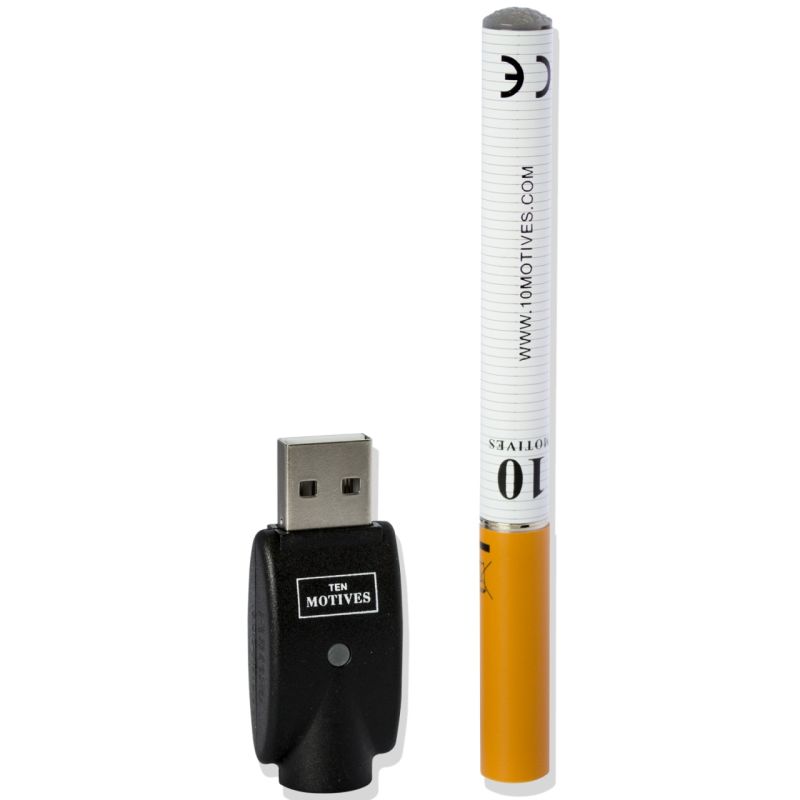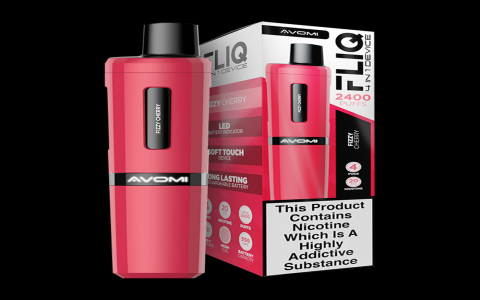Rechargeable electronic cigarettes offer significant advantages over disposable options. Here are ten compelling motives to choose them:
Long-Term Cost Savings
Major expense reduction. While the initial device cost is higher, constantly buying disposables accumulates far greater expense over time. Recharging costs pennies.

Environmental Responsibility
Drastic waste reduction. Rechargeable devices eliminate the need to discard entire units frequently, significantly lowering landfill contribution compared to single-use disposables.
Consistent Performance
Reliable power delivery. Quality rechargeable batteries maintain consistent voltage output longer than disposables, ensuring steady vapor production and flavor until recharge is needed.
Flavor Variety & Control
Freedom to choose. Easily switch between numerous e-liquid flavors and nicotine strengths by changing the e-liquid bottle or pod, not possible with pre-filled disposables.
Enhanced Customization
Tailor your experience. Many rechargeable devices offer adjustable airflow and power settings for personalized vapor temperature, density, and throat hit.
Reduced Maintenance Hassle
Streamlined upkeep. Unlike complex mod systems, most modern rechargeable cig-a-likes and pod systems feature simple top-fill or replaceable pod designs, making refills straightforward.
Charging Convenience
Widespread charging options. Utilize ubiquitous USB ports (often USB-C), power banks, car chargers, or compatible charging docks, offering flexibility disposables lack.
Superior Build Quality
Durable construction. Designed for repeated use, rechargeable devices typically feature sturdier materials and components than single-use alternatives.
Predictable Nicotine Delivery
Dependable satisfaction. Consistent battery performance and e-liquid formulation ensure a more predictable and reliable nicotine experience compared to the potential decline in disposable battery output.

Charging Safety Features
Built-in protections. Reputable rechargeable devices incorporate multiple safety mechanisms (overcharge protection, short circuit protection, etc.) directly into the charging circuitry.










